Fishing is a great way to get outdoors and enjoy nature.
It is also a challenging sport with lots of variety – fly fishing, lake fishing, river fishing, open sea fishing – there are so many types of fishing and different methods for each type that you will never get bored of exploring all that fishing has to offer.
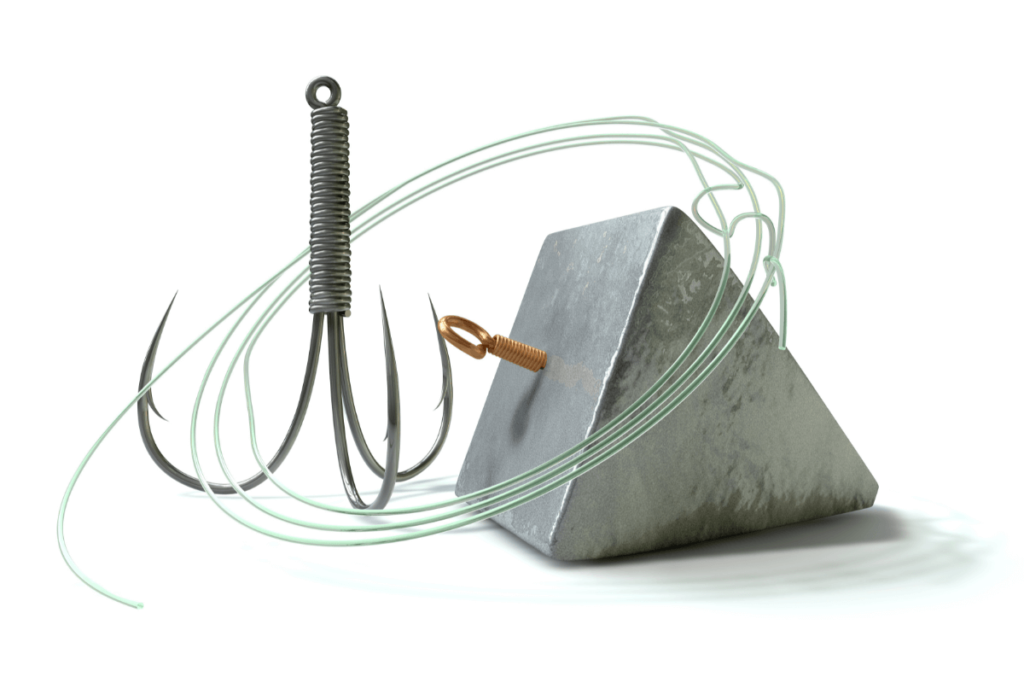
One piece of equipment that often gets overlooked is a Fish Finder rig – it can be very handy and can help you be more successful when you are fishing.
But how do you tie a fish finder rig? When is the right time to use a fish finder rig?
If you want to use a fish finder rig but you don’t know where to start then don’t worry. We have put together this helpful guide to tell you everything you need to know about fish finder rigs. Keep reading to find out more.
What Is A Fish Finder Rig?
There are different types of rig that you can use when you are fishing. A fish finder rig is considered to be one of the most simple rigs, which makes it ideal for beginners. It is also perfect for large pieces of bait.
Fish finder rigs can be used to catch lots of different types of fish.
They are versatile as you can adjust the hook size and the length of the leader line depending on what you are trying to catch, but the basic setup will still be the same.
A fish finder rig consists of a leader line with a hook, a main line with a barrel swivel, and a sliding weight (the fish finder).
What Are Fish Finder Rigs Used For?
The sliding sinker on the fish finder rig allows the bait to move freely whilst the weight anchors the line. This type of rig is ideal for surf fishing and can be used to catch stripers, redfish, and many more.
Fish finder rigs are known for being simple yet effective, which makes them appealing to beginners.
You don’t need much equipment to set up a fish finder rig, but you can achieve some impressive results. It tends to be used in salt water and is very similar to the Carolina rig which is used in freshwater.
How Do I Tie My Own Fish Finder Rig?
The first thing you’ll need to decide is whether you’re going to make your own fish finder rig or buy one ready-made.
If you plan to make your fish-finder rig then you’ll need to purchase some materials before you begin. These include:
The Main Line
The mainline comes from your reel and rod and needs to support the weight that you use and the rest of the rig. You need to make sure that you don’t use a weak line or it could snap.
Leader Line
The two main choices are fluorocarbon and monofilament. Fluorocarbon is great for open water fishing, but mono-filament is better for fishing near rocks as it is more resistant to abrasion and will not break as easily.
The Sliding Sinker
The sliding sinker is what allows the weight to move along the mainline, which sets the fish finder rig apart from other saltwater rigs.
A Hook
The size of hook you use will depend on which kind of bait you are using.
This is determined by what you are trying to catch. If you are using sand crabs as bait then you will need a smaller hook than if you are using large chunks of cut bait. Circle hooks are very convenient to use.
Plastic Bead
Some people choose not to use a plastic bead, but this puts them at a greater risk of their line breaking in the water. The bead helps to counteract some of the weight of the water so it can be very useful.
A Swivel
The swivel is important as it stops the sinker from sliding down your hook and it prevents the line from becoming twisted.
It also lets the leader move more freely in the water, giving you more opportunities to catch fish as you are covering a larger area.
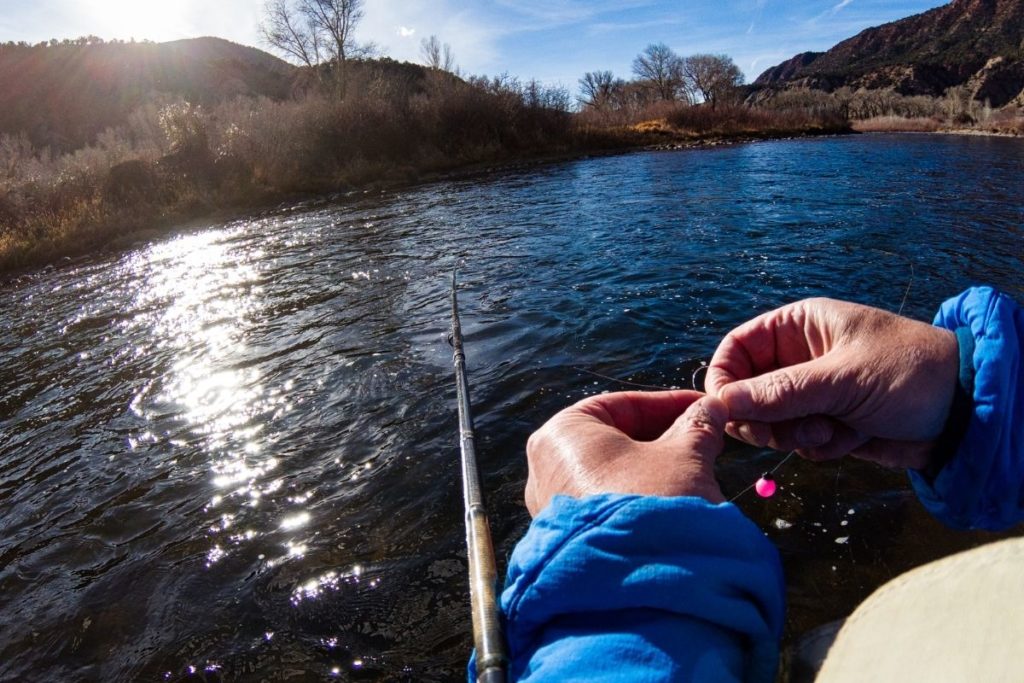
A Weight
Lead weights tend to be the most popular because they are very efficient. However, there are concerns about how the use of lead weights when fishing can impact the environment.
Angling stores offer alternatives to lead weights that you may want to consider.
You’ll also need to think about what kind of fish finder rig you’d like to create. There are several different styles available including;
- A floating rig
- A weighted rig
- A bait rig
- A dipstick rig
You’ll also need to consider the best location for your fish finder rig. For example, if you’re planning to place your fish finder on a boat then you’ll need to choose a spot that won’t interfere with navigation.
Or if you’re going to place it on the beach then you’ll need to ensure that it doesn’t get damaged by the tide.
Tying A Basic Fish Finder Rig
To tie a simple fish finder rig you need to start with a piece of the leader line. It should be around 18 inches long.
Use a fishing knot, preferably a palomar, to attach a hook to one end of the line, then thread the line through a pyramid sinker along with the main line. You will also need to attach a bead to the line.
Attach the main line to the swivel using another fishing knot.
Palomar knots are quite fiddly as you need to make sure that the whole leader line is pulled through along with the hook, but it is worth it to get a secure knot so be patient and don’t rush it.
Tips For Casting A Fish Finder Rig
Casting a fish finder rig can be quite challenging, especially if you are using a long leader line or a heavy weight.
To make it a little safer you should use a breakaway cannon, as this will prevent the spinning reel from cutting your fingers.
You can also use a rigging clip to reduce wind resistance when you are casting, making the whole process more streamlined and preventing the wind from limiting your casting distance.
When To Use A Fish Finder Rig
There are many situations where you might want to use a fish finder rig. One obvious situation would be when you are out fishing in rough seas.
This could mean that the waves are crashing over your head and you have to hold onto something to stop yourself from being washed overboard.
Another situation would be when you’re fishing in shallow waters such as estuaries or rivers. In these cases, you may want to use a fishfinder rig to help you target specific areas.
Another good reason to use a fish finder is when you’re trying to catch big game fish. When fishing for large fish you usually need to cast further than normal.
If you’re fishing for salmon or tuna then you’ll need to cast a lot further than you normally do to reach them.
By attaching a fish finder rig to your rod you can keep an eye on the depth of the water and adjust your casts accordingly.
Many beginners find it helpful to learn how to use a fish finder rig because they are simple to set up but very efficient. If you are fishing in saltwater then it is a good thing to learn how to do.
Summary
A fish finder rig is a great option for saltwater fishing as it allows the bait to move along the line and attract more fish. Once you know how to set it up it will make surf fishing much easier for you.
- Do You Need An Indicator For Nymph Fishing? - November 16, 2023
- Fishing Safety Tips For Families - September 25, 2023
- What Is The Best Time To Night Fish At A Lake? - September 18, 2023




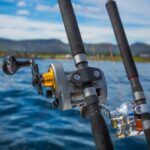
![Fly Fishing for Beginners [Ultimate Guide to Catching Fish] fly fishing for beginners](https://irvinelake.net/wp-content/uploads/2022/11/fly-fishing-man-150x150.png)
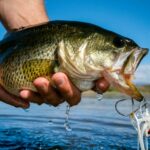
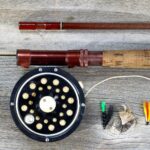
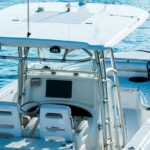
![Kayak Fishing for Beginners [10 Tips for a Successful Trip] fishing kayak moored on a beach](https://irvinelake.net/wp-content/uploads/2022/12/kayak-fishing-for-beginners-150x150.png)